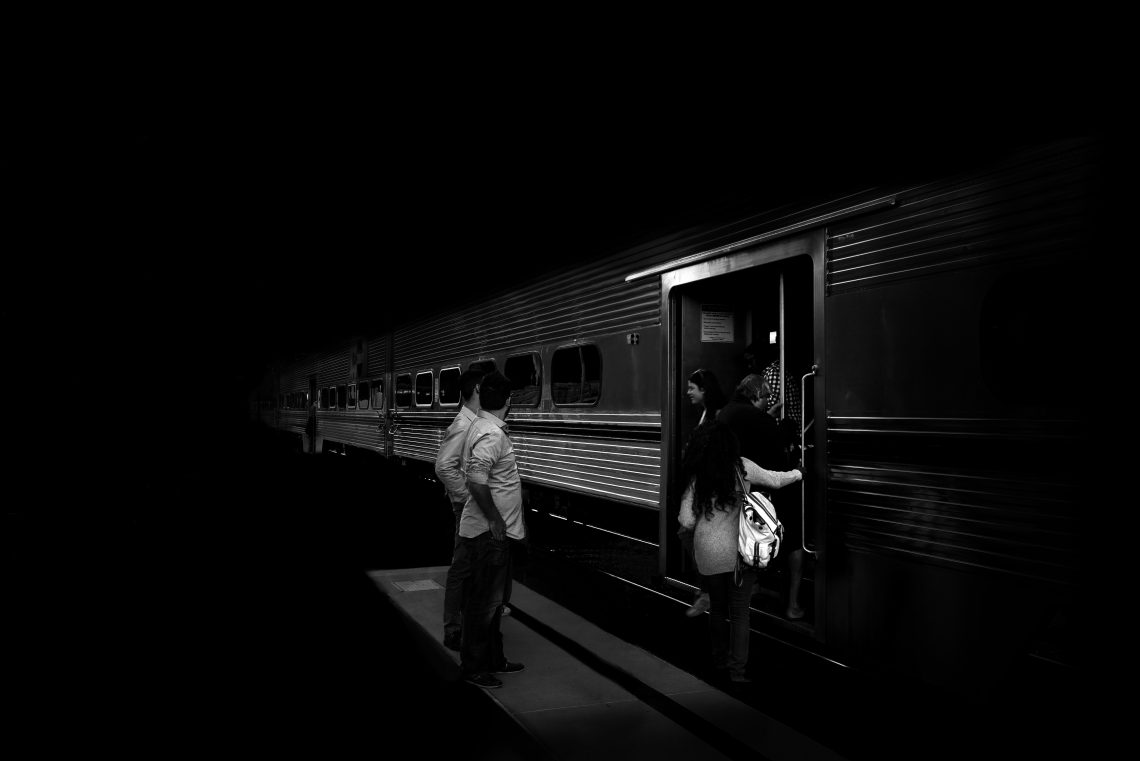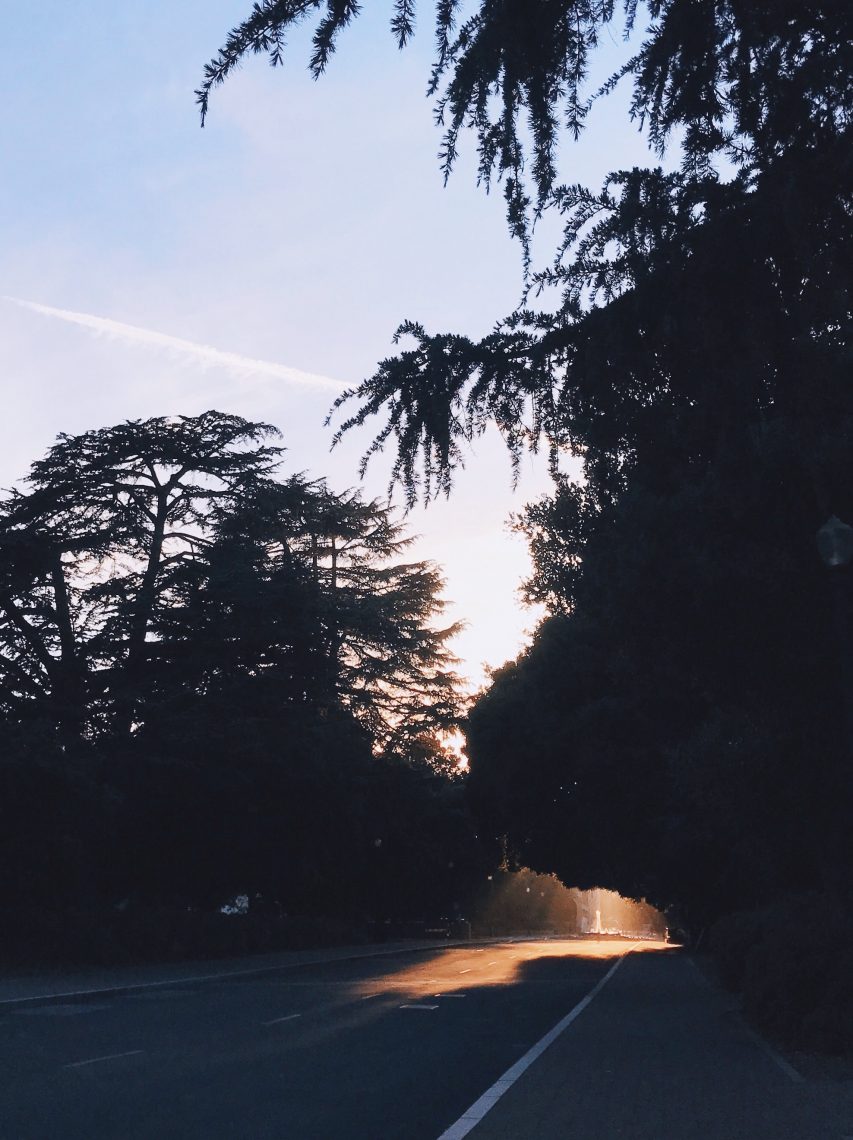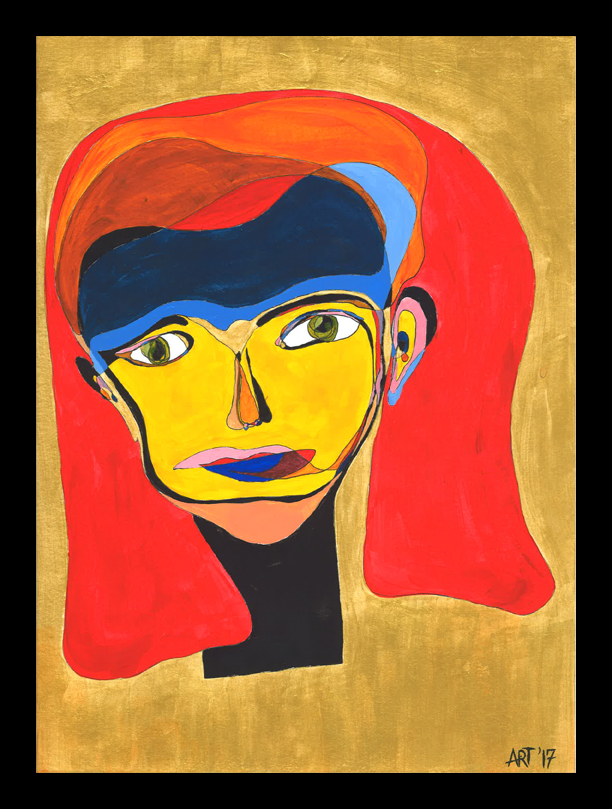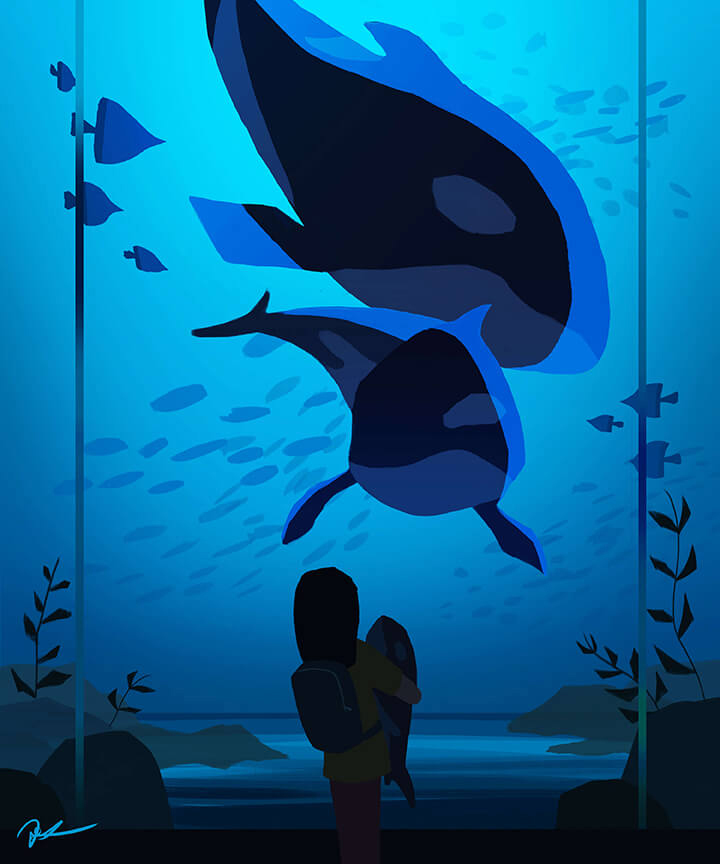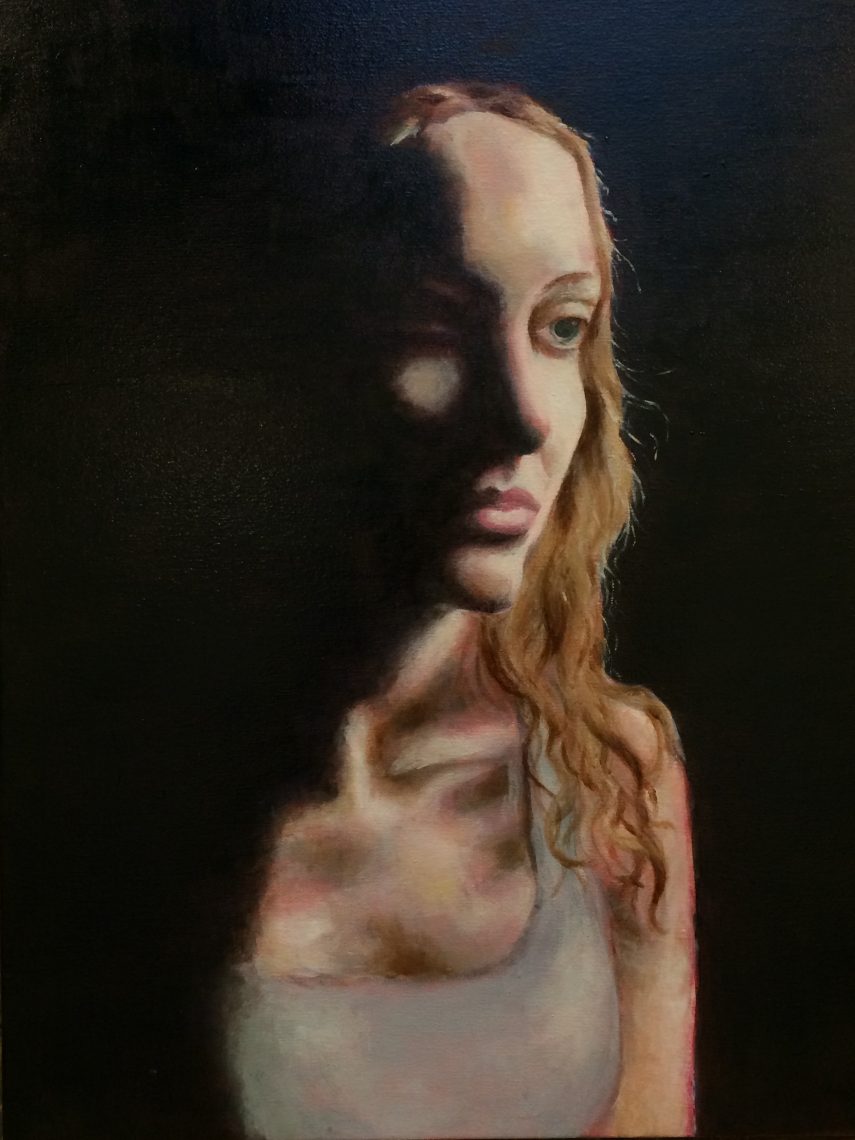 L.A. Cicero
L.A. Cicero
Dance all day? Arts boot camp energizes Stanford students and staff
Last April, 240 Stanford students willingly filled out applications to shorten the length of their summer vacation. The reason? Arts Intensive – the opportunity to spend two and a half weeks with a select group of fellow students immersed in an arts seminar before the start of fall quarter.
Dedicating time to focus on a single creative pursuit outside the regular academic year is an attractive proposition, and perhaps all the more for students who are pursuing a major other than an arts discipline but want an arts experience on campus.
Arts Intensive is a homegrown Stanford program with no known model or manual. It was the brainchild of Harry Elam, the vice provost for undergraduate education, and based on another successful September Studies program, Sophomore College. Arts Intensive supports the Stanford mission of placing creativity at the heart of a 21st-century education.
“I am so amazed and impressed with the growth of this program and the dedication of the students involved during the brief three years of its operation,” Elam said.
To the students, it may have felt like boot camp after six hours a day in the dance studio, either teaching or training. Or maybe there was a moment of self-realization during a performance. Either way, the students, staff and faculty reveled in the compressed creative exploration.
“Access your creativity” is the mantra of the September Studies Arts Intensive program, which offered eight courses taught by Stanford faculty and guest artists. Now in its fourth year, the Arts Intensive seminars were in high demand. Only about half of the applicants were selected because class size is kept to an intimate 12 to 20 to maximize the experience. Freshmen made up 50 percent of the applicant pool.
Asked to describe Arts Intensive, Gina Hernandez-Clarke, the director of arts in the Office of the Vice Provost for Undergraduate Education, calls it “rigorous and action packed.” In addition to daily class sessions, students participated in field trips, lecture demonstrations and other program-wide events in the evenings and on weekends.
“Arts Intensive provides an unparalleled opportunity for Stanford students to engage rigorously and singularly in an art form along with others like themselves committed to this enterprise,” said Elam.
Final showcase and public production
An Arts Intensive showcase ends the program each year during the week of New Student Orientation. The showcase features program student readings, musical theater, opera, modern dance, photography, design work and multidisciplinary work that makes connections across the eight seminars.
At 3 p.m. Sunday, Sept. 23, the seminar students from An Operatic Play: Mozart’s 7 Deadly Sinspresent a 60-minute operatic play titled Mozart on the Make. In it the composer conjures up some of his best-loved music from his operas while trying to compose his overture to The Magic Flute. The performance, at 455 Arguello Way in Toyon Hall, is free and open to the public.
Q&A with veteran Arts Intensive leader
Stanford Report caught up with one of the Arts Intensive staff assistants, Katherine Disenhof, who’s been with the program for three years, and she agreed to answer a few questions.
Katherine Disenhof, what was your major at Stanford, and what are you doing now, when you aren’t a program assistant?
Major: Human Biology. Minor: Dance. Class of 2012.
I’m working part time as the program coordinator for the Alonzo King LINES Ballet BFA Program at Dominican University while pursuing work as a dancer in the Bay Area.
Which Arts Intensive seminars did you assist with?
During the 2010 and 2011 Arts Intensives, I was a program assistant for the ballet intensive courses that were co-taught by Kristine Elliott and Muriel Maffre. This year I am a program assistant for the modern dance intensive led by Robert Moses [and his dance company Robert Moses’ Kin].
For all three dance-based Arts Intensive courses, we danced about six hours a day. We would begin with a morning technique class and then explore concepts, learn repertory and create work. This schedule is very different from the other Arts Intensive classes, but it is modeled after typical dance intensives that are conducted by major dance studios and companies.
Why is the Arts Intensive valuable for students?
As a whole, September Studies is a terrific opportunity for Stanford students to do something that they rarely get to do: focus exclusively on one subject. Over the course of the program’s three weeks, students from a wide range of academic backgrounds unite to work, create and live together. They learn from established faculty members who are active artists in the local and/or national communities and benefit from the small class sizes.
Dance is not something you can learn sporadically or from afar – it requires you to get in the studio, concentrate and sweat. Arts Intensive gives students the time and guidance to develop as dancers at an exciting rate.
Did your experience with the Arts Intensive change your education path?
My experience in Arts Intensive definitely gave me the confidence to pursue the arts more rigorously at Stanford. The strong communities and collaborations that occurred during the program inspired me to try and create a similar experience for myself during the academic year. Because of Arts Intensive, I challenged myself to pursue my dance minor as if it were a major, collaborate with students from other artistic genres and continue being an advocate/leader for the arts at Stanford.
Any concluding remarks?
Honestly, my weeks in Arts Intensive were the weeks when I felt most comfortable with myself at Stanford. Each night I’d fall asleep, head buzzing with inspiration and body exhausted from a full day of dancing. I felt supported and validated as an artist at Stanford. Within the Arts Intensive community, I didn’t have to defend my identity as a dancer. I didn’t have to explain that dance wasn’t an “extracurricular” or a “hobby” – my fellow Arts Intensive students understood my passion for the arts and understood that it could be a career pursued with the same rigor as traditional academic subjects.








